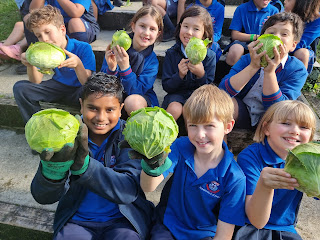Year Five are drawing to the end of our Active Travel Inquiry so it's time to think about to share our learning. We want to encourage the youngest tamariki to get to school safely and actively.
How could we share and shine with Five Year Olds?
Mukundi "Have a conversation and tell them what would happen if we don't do it"
Fay "Have a colouring activity"
"Take it easy they are just little kids" Kayla
"Make it into a game" Zoe
"Make a poster" Emma
"Don't use complex words" Hunter
Touma "Take them for a walk around the bike track and show them"
"Make the poster simple" Caitlin
"Take things step by step" Indigo
Lucy "Try to teach complex word"
"Show them how to ride a bike or scooter" Ivy
"Teach them how to cross the road" Lily
"Make a slide deck" Lucy
"Tell them about different places to travel to" Haniya
We decided to create pictture books to share with the Year One Classes.































































